Spinach Gardening Small Spaces can feel like a daunting task, especially if you’re dreaming of fresh, leafy greens but are short on square footage. But don’t let limited space squash your gardening dreams! I’m here to tell you that growing your own spinach, even in the tiniest of apartments or balconies, is absolutely achievable and incredibly rewarding.
For centuries, spinach has been a staple in diets around the world, prized for its nutritional value and versatility. From Popeye’s legendary strength to its use in countless culinary creations, spinach has earned its place in our hearts and on our plates. But what if you could skip the grocery store and harvest your own fresh spinach, bursting with flavor and packed with vitamins, right from your own home?
That’s where these DIY tricks and hacks come in! In today’s world, where access to fresh, healthy produce can sometimes be a challenge, learning how to maximize your space for spinach gardening small spaces is more important than ever. We’ll explore innovative container gardening techniques, vertical gardening solutions, and clever space-saving strategies that will transform even the most compact areas into thriving spinach havens. Get ready to roll up your sleeves and discover the joy of growing your own delicious, nutritious spinach, no matter how small your space may be!
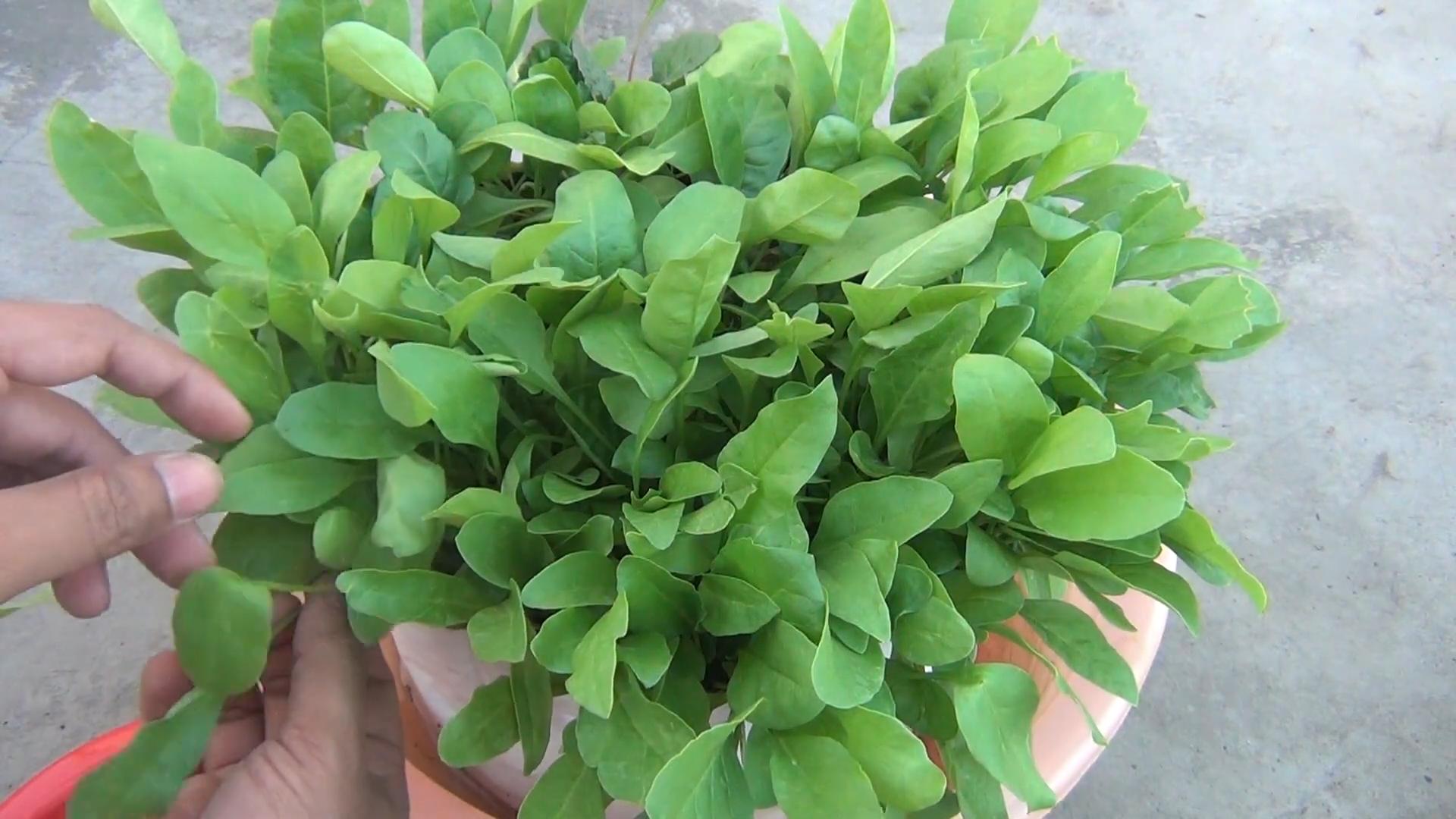
Growing Spinach in Small Spaces: A DIY Guide
Hey there, fellow gardeners! So, you’re itching to grow some fresh, vibrant spinach but are short on space? Don’t worry, I’ve got you covered! I’ve been growing spinach in containers and small garden beds for years, and I’m here to share all my secrets. It’s easier than you think, and the reward of harvesting your own delicious spinach is totally worth it. Let’s dive in!
Choosing the Right Spinach Variety
First things first, let’s talk spinach varieties. Not all spinach is created equal, especially when it comes to small-space gardening. You want varieties that are compact, bolt-resistant (meaning they won’t go to seed quickly in warm weather), and produce a good yield. Here are a few of my favorites:
* Bloomsdale Long Standing: This is a classic for a reason! It’s slow to bolt and produces large, crinkled leaves.
* Baby’s Leaf Hybrid: Perfect for quick harvests. You can start picking baby leaves in just a few weeks.
* Space Hybrid: As the name suggests, this variety is well-suited for smaller spaces. It’s also very heat-tolerant.
* Tyee Hybrid: Another great option for warm climates. It’s known for its smooth leaves and resistance to bolting.
Preparing Your Container or Small Garden Bed
Now that you’ve chosen your spinach variety, it’s time to get your growing space ready. This is a crucial step, so pay attention!
* Container Selection: If you’re using containers, make sure they’re at least 6-8 inches deep. Spinach needs room for its roots to grow. I prefer using wide, shallow containers because they allow for more surface area and better air circulation. You can use plastic pots, terracotta pots, or even repurposed containers like old buckets or tubs. Just make sure they have drainage holes!
* Soil Preparation: Spinach loves rich, well-draining soil. I recommend using a good quality potting mix specifically formulated for vegetables. You can also amend your existing garden soil with compost or other organic matter to improve its fertility and drainage. I usually mix equal parts potting mix, compost, and perlite for optimal results.
* Location, Location, Location: Spinach needs at least 4-6 hours of sunlight per day. Choose a spot in your garden or on your balcony that gets plenty of sun. However, in hot climates, spinach can benefit from some afternoon shade to prevent bolting.
Planting Your Spinach Seeds
Alright, let’s get those seeds in the ground!
1. Sowing Seeds: Sow your spinach seeds directly into your prepared container or garden bed. Plant them about 陆 inch deep and 1 inch apart. You can thin them out later if they get too crowded.
2. Watering: Gently water the soil after planting. Keep the soil consistently moist, but not soggy. Overwatering can lead to root rot.
3. Germination: Spinach seeds typically germinate in 5-10 days, depending on the temperature. Be patient!
4. Thinning (If Necessary): Once your seedlings have a few true leaves, thin them out so that they are about 3-4 inches apart. This will give them enough room to grow and prevent overcrowding.
Caring for Your Spinach Plants
Once your spinach plants are established, it’s important to provide them with proper care to ensure a bountiful harvest.
* Watering: Water your spinach plants regularly, especially during dry spells. Aim to keep the soil consistently moist, but avoid overwatering. I usually water deeply once or twice a week, depending on the weather.
* Fertilizing: Spinach is a heavy feeder, so it’s important to fertilize it regularly. I like to use a liquid fertilizer specifically formulated for leafy greens. Apply the fertilizer according to the package directions. You can also side-dress your plants with compost or other organic matter.
* Weeding: Keep your spinach bed free of weeds. Weeds can compete with your spinach plants for nutrients and water. Hand-pull weeds carefully to avoid disturbing the spinach roots.
* Pest Control: Spinach can be susceptible to pests like aphids, slugs, and snails. Inspect your plants regularly for signs of infestation. If you find pests, you can try spraying them with insecticidal soap or neem oil. You can also hand-pick pests off the plants. I’ve found that attracting beneficial insects like ladybugs can also help control pests.
* Bolting Prevention: As I mentioned earlier, spinach can bolt (go to seed) in warm weather. To prevent bolting, try to provide your plants with some afternoon shade. You can also mulch around the plants to help keep the soil cool. If your plants do start to bolt, you can still harvest the leaves, but they may become bitter.
Harvesting Your Spinach
The best part! You can start harvesting your spinach leaves as soon as they are large enough to eat.
1. Harvesting Method: You can harvest individual leaves or cut the entire plant at the base. I prefer to harvest individual leaves because it allows the plant to continue producing new leaves.
2. Harvesting Time: Harvest your spinach in the morning, when the leaves are crisp and cool.
3. Storage: Store your harvested spinach in the refrigerator. It will keep for several days.
Troubleshooting
Even with the best care, you might encounter some problems while growing spinach. Here are a few common issues and how to address them:
* Yellowing Leaves: This can be caused by a nutrient deficiency, overwatering, or underwatering. Make sure you’re fertilizing your plants regularly and that the soil is well-draining.
* Slow Growth: This can be caused by insufficient sunlight, poor soil, or pests. Make sure your plants are getting enough sunlight and that the soil is rich in nutrients.
* Bolting: As mentioned earlier, bolting is caused by warm weather. Provide your plants with some afternoon shade and mulch around the plants to help keep the soil cool.
* Pest Infestations: Inspect your plants regularly for pests and take action as soon as you see them.
Extending Your Spinach Season
Want to enjoy fresh spinach for as long as possible? Here are a few tips for extending your spinach season:
* Succession Planting: Sow new seeds every few weeks to ensure a continuous harvest.
* Cold Frames or Row Covers: Use cold frames or row covers to protect your plants from frost in the fall and winter.
* Overwintering: In mild climates, you can overwinter spinach plants for an early spring harvest.
Spinach Recipes to Enjoy
Now that you’ve harvested your delicious spinach, it’s time to enjoy it! Here are a few of my favorite spinach recipes:
* Spinach Salad: A classic! Toss fresh spinach leaves with your favorite toppings, such as berries, nuts, cheese, and a vinaigrette dressing.
* Spinach and Artichoke Dip: A crowd-pleaser! Combine spinach, artichoke hearts, cream cheese, and parmesan cheese for a warm and cheesy dip.
* Spinach Smoothie: A healthy and delicious way to start your day! Blend spinach with fruits, yogurt, and protein powder for a nutritious smoothie.
* Saut茅ed Spinach: A simple and flavorful side dish! Saut茅 spinach with garlic, olive oil, and a pinch of salt and pepper.
* Spinach and Feta Pie (Spanakopita): A traditional Greek pastry filled with spinach, feta cheese, and herbs.
Additional Tips for Success
Here are a few extra tips to help you grow the best spinach possible:
* Choose the right time to plant. Spinach prefers cool weather, so plant it in the spring or fall.
* Provide adequate drainage. Spinach doesn’t like to sit in soggy soil.
* Protect your plants from pests. Keep an eye out for pests and take action as soon as you see them.
* Harvest your spinach regularly. This will encourage the plant to produce more leaves.
* Don’t be afraid to experiment! Try different varieties of spinach and different growing techniques to find what works best for you.
Growing spinach in small spaces is a rewarding experience. With a little bit of planning and care, you can enjoy fresh, delicious spinach all season long. Happy gardening!
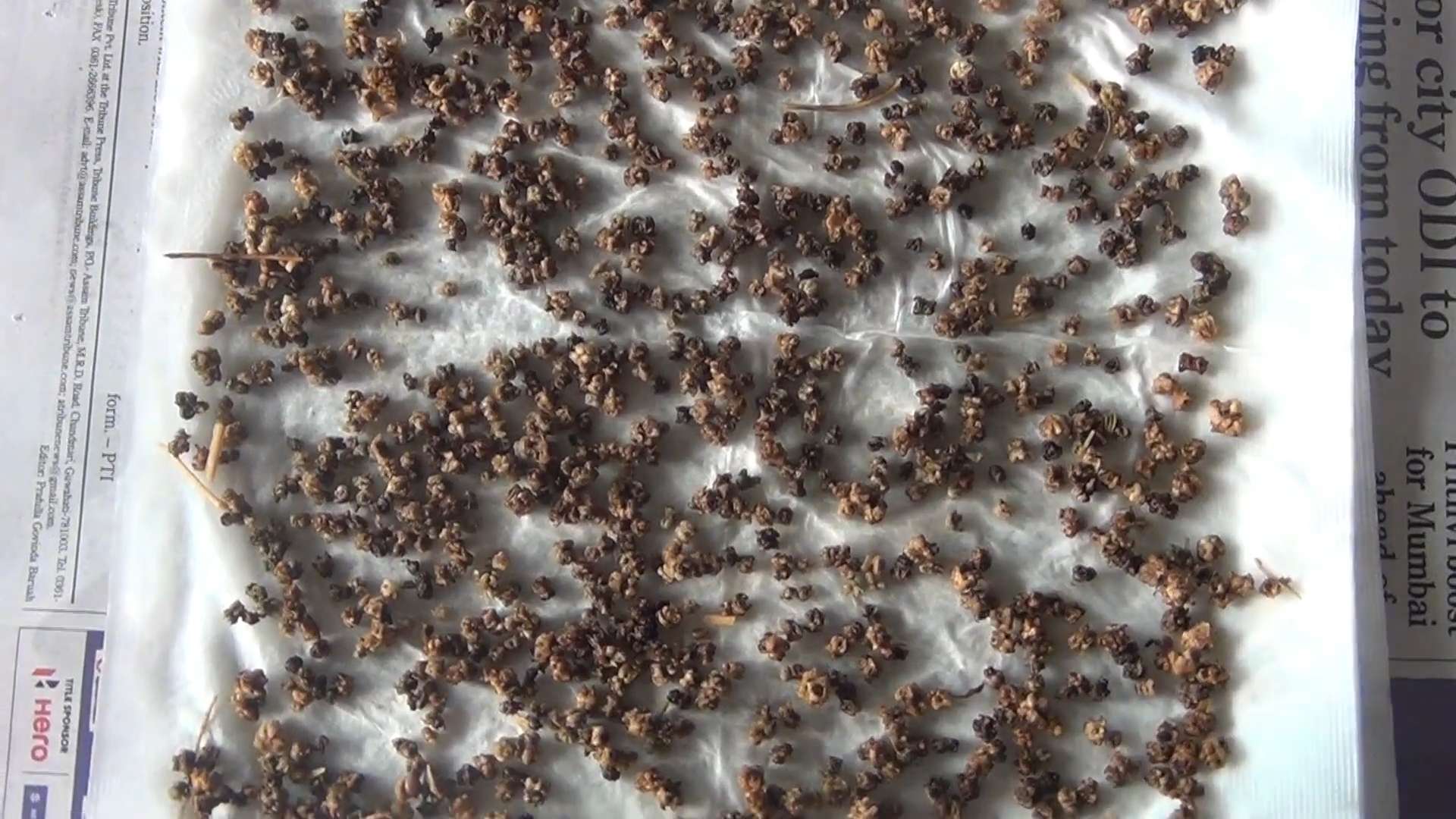
Conclusion
So, there you have it! Mastering spinach gardening in small spaces is not only achievable but also incredibly rewarding. We’ve explored practical techniques, from selecting the right container size and soil mix to optimizing sunlight exposure and implementing efficient watering strategies. The beauty of this DIY approach lies in its adaptability. You’re not confined to a sprawling garden; instead, you can cultivate fresh, nutritious spinach right on your balcony, patio, or even a sunny windowsill.
Why is this a must-try? Because it empowers you to take control of your food source, even with limited space. Imagine stepping outside your door and harvesting vibrant, leafy greens for your salad, smoothie, or stir-fry. The taste of homegrown spinach is undeniably superior to store-bought varieties, and the satisfaction of nurturing your own plants is immeasurable. Plus, you’re reducing your carbon footprint by minimizing transportation and packaging.
But the journey doesn’t end here! Feel free to experiment with different spinach varieties. Some, like ‘Baby’s Leaf Hybrid,’ are particularly well-suited for container gardening due to their compact size and rapid growth. You can also try companion planting. Marigolds, for instance, can help deter pests, while radishes can loosen the soil and improve drainage. Consider adding a layer of mulch, such as straw or wood chips, to retain moisture and suppress weeds.
Don’t be afraid to get creative with your container choices. Upcycled buckets, repurposed crates, or even old tires can be transformed into charming spinach planters. Just ensure that your chosen container has adequate drainage holes to prevent waterlogging.
We wholeheartedly encourage you to embark on this spinach gardening adventure. It’s a simple, sustainable, and incredibly fulfilling way to connect with nature and enjoy the bounty of your own labor. Once you’ve harvested your first batch of homegrown spinach, we’d love to hear about your experience! Share your tips, tricks, and photos in the comments below. Let’s build a community of small-space spinach gardeners and inspire others to embrace the joys of homegrown goodness. Remember, even the smallest space can yield a surprising harvest with a little bit of planning and care. Happy gardening!
Frequently Asked Questions (FAQs)
What is the best type of spinach to grow in a small space?
The best spinach varieties for small spaces are those that are compact and quick to mature. ‘Baby’s Leaf Hybrid’ is a popular choice due to its small size and fast growth rate. Other suitable options include ‘Space’ spinach, which is known for its disease resistance, and ‘Melody’ spinach, which is a reliable and productive variety. Consider also ‘Tyee’ for its bolt resistance, especially if you live in a warmer climate. Ultimately, the best choice depends on your personal preferences and local climate conditions. Experiment with a few different varieties to see which ones thrive best in your specific environment.
How much sunlight does spinach need when grown in containers?
Spinach thrives in full sun, requiring at least 6 hours of direct sunlight per day. However, in hotter climates, it can benefit from some afternoon shade to prevent bolting (premature flowering). If you’re growing spinach indoors, place it near a sunny window or supplement with grow lights. Monitor your plants closely and adjust their position as needed to ensure they receive adequate sunlight. If the leaves start to look pale or leggy, it’s a sign that they’re not getting enough light.
What type of soil is best for container spinach gardening?
Spinach prefers well-draining, fertile soil with a pH between 6.0 and 7.0. A good potting mix for container spinach should be lightweight and retain moisture without becoming waterlogged. You can create your own mix by combining equal parts of compost, peat moss (or coconut coir), and perlite or vermiculite. Compost provides essential nutrients, peat moss (or coconut coir) helps retain moisture, and perlite or vermiculite improves drainage. Avoid using garden soil in containers, as it can become compacted and impede drainage.
How often should I water my container spinach plants?
Water your container spinach plants regularly, keeping the soil consistently moist but not soggy. The frequency of watering will depend on factors such as the weather, the size of your container, and the type of soil you’re using. Check the soil moisture level daily by sticking your finger about an inch into the soil. If it feels dry, it’s time to water. Water deeply, allowing the water to drain out of the bottom of the container. Avoid overhead watering, as this can promote fungal diseases.
How do I prevent spinach from bolting in hot weather?
Bolting is a common problem with spinach, especially in hot weather. To prevent bolting, choose bolt-resistant varieties, provide afternoon shade, and keep the soil consistently moist. You can also try mulching around the plants to keep the soil cool. Harvest spinach leaves regularly, as this can also help delay bolting. If your spinach does start to bolt, you can still harvest the leaves, but they may become bitter.
What are some common pests and diseases that affect spinach?
Common pests that affect spinach include aphids, leaf miners, and flea beetles. Aphids can be controlled with insecticidal soap or neem oil. Leaf miners can be removed by hand or controlled with row covers. Flea beetles can be deterred with diatomaceous earth. Common diseases that affect spinach include downy mildew and white rust. To prevent these diseases, choose disease-resistant varieties, provide good air circulation, and avoid overhead watering. If you notice signs of disease, remove affected leaves immediately.
How do I harvest spinach from my container garden?
You can start harvesting spinach leaves when they are about 4-6 inches long. Harvest the outer leaves first, leaving the inner leaves to continue growing. You can either cut the leaves with scissors or gently pluck them off the plant. Regular harvesting will encourage the plant to produce more leaves.
Can I grow spinach indoors?
Yes, you can grow spinach indoors, provided you have a sunny window or grow lights. Choose a container that is at least 6 inches deep and fill it with a well-draining potting mix. Place the container near a sunny window that receives at least 6 hours of direct sunlight per day. If you don’t have enough natural light, supplement with grow lights. Water regularly, keeping the soil consistently moist but not soggy.
How can I fertilize my container spinach plants?
Spinach is a heavy feeder, so it benefits from regular fertilization. You can use a balanced liquid fertilizer, such as 10-10-10, diluted to half strength. Apply the fertilizer every 2-3 weeks, following the instructions on the label. You can also amend the soil with compost or worm castings to provide a slow-release source of nutrients.
What are some good companion plants for spinach?
Good companion plants for spinach include radishes, lettuce, carrots, and onions. Radishes help loosen the soil and improve drainage. Lettuce provides shade and helps keep the soil cool. Carrots help deter pests. Onions repel aphids and other insects. Avoid planting spinach near fennel, as it can inhibit its growth.


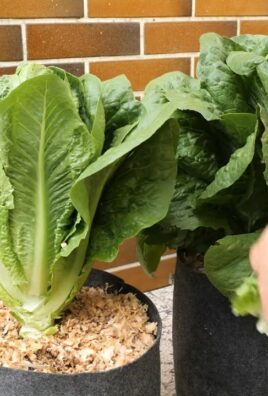
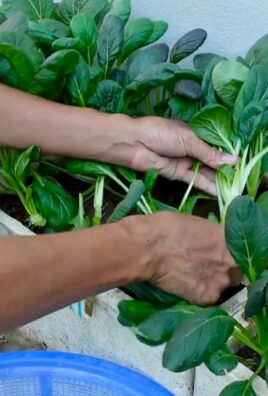
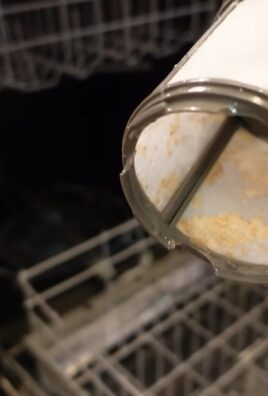
Leave a Comment